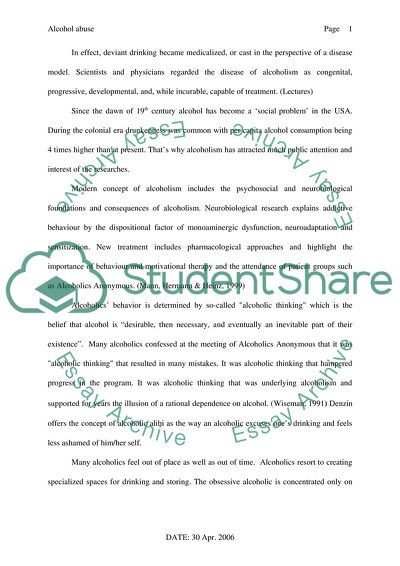Cite this document
(“Alcoholism Vision in the 20th Century Essay Example | Topics and Well Written Essays - 2250 words”, n.d.)
Retrieved de https://studentshare.org/social-science/1536738-alcohole-abuse
Retrieved de https://studentshare.org/social-science/1536738-alcohole-abuse
(Alcoholism Vision in the 20th Century Essay Example | Topics and Well Written Essays - 2250 Words)
https://studentshare.org/social-science/1536738-alcohole-abuse.
https://studentshare.org/social-science/1536738-alcohole-abuse.
“Alcoholism Vision in the 20th Century Essay Example | Topics and Well Written Essays - 2250 Words”, n.d. https://studentshare.org/social-science/1536738-alcohole-abuse.


